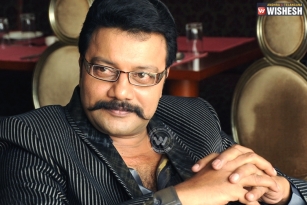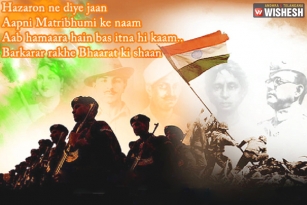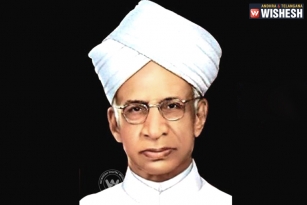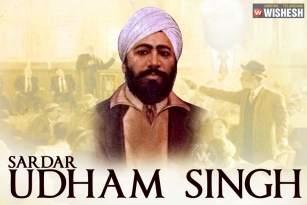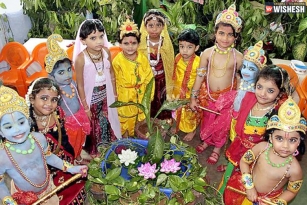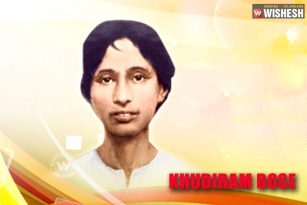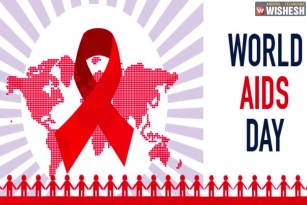
Good Afternoon readers, hope you are enjoying our daily special exclusive columns on HotBuzz section. Thursdays, we would like to share some of our camera gyaan with you and hence we have come up with a special column, Camera Wishesh where you will have basic photography tutorials online for free.
There are several hundreds of websites that do the same but most of them are from experienced photographers and professionals; some of whose tutorials are not straightforward for the budding amateurs. Here we present to you the lessons in an amateur point of view and what a new photographer learns over the course of his classes is what you learn in a better understanding.
If you are reading further, I will assume that you have a high end point and shoot camera which is capable of adjusting the settings like Shutter Speed, Aperture and ISO or a DSLR.
To begin with our first tutorial, there are a few important components of understanding photography.
1) Exposure and lightning
2) Composition
3) Creativity and techniques
4) Gear
I may have a missed a few others but what I intend to convey is with just these parameters, you can create wonderful photos that will make an impact on the world. Enough talk and lets get started.
Talking about exposure, what is exposure? It is the amount of light is recorded in a picture. If you have too much light, your pictures appear hazy and too bright, blowing away the detail.

Take this picture for example, it would have been a very good picture with the candid expression but the amount of light is turning things brighter than they should have been. The brown hair, the background, and basically everything has too much white.
If you have not enough light, the pictures would look underexposed.

If you notice, the picture could have been a great story teller if there was enough light in the background.
Though overexposed and underexposed are theoretical concepts for a good picture, they apply only to conventional pictures. A few pictures are capable of making a great impact despite breaking these rules. We will get back to the creativity part later but for now we shall see how we control exposure.
Exposure: It can be controlled by several means. On a good camera, you will be able to change three parameters basically
APERTURE
SHUTTER SPEED
ISO
APERTURE:

Aperture is the opening inside the lens that can be increased or decreased within a fixed limit and is usually written in numbers like F/1.4, F/1.8, through F/40 or more sometimes. The shorter the number on the denominator, the bigger the size of the aperture. As we can understand the bigger the size of the hole, more the light that enters.
While the primary need to change the aperture is the amount of light, another important aspect that can be controlled via changing the aperture is the depth of field, i.e, the perception of distance in the photograph.
Depth of Field: If the aperture is too big, the light entering the camera from near objects dominates the light from the farther objects bringing the former into sharper focus while the ones in the background are blurred out. But if the aperture is small, the light entering is comparatively uniform and hence all the subjects are in better focus. You can easily make out the distance between the farthest and nearest objects.
If the distance between the farthest and nearest elements of a photo is small, (only the subject is in focus), the picture is known to have a shallow depth of field and if the distance is large it is said to have a greater depth of field. Use smaller F-stop numbers, bigger apertures for a shallow depth of field and the other way around for a greater depth of field.

(Shallow Depth of Field)

(Deep Depth of Field)
There is a lot more to deal on aperture even in the basics. Let's conclude here for now while you digest the terms and their meanings. We are going to use them a lot in the days to come. See you again on Thursday.
Photography Tip#1: No one shot can be perfect. Try different angles while picturing a similar subject and you will definitely see a new side of the subject.
(AW- Anil)



